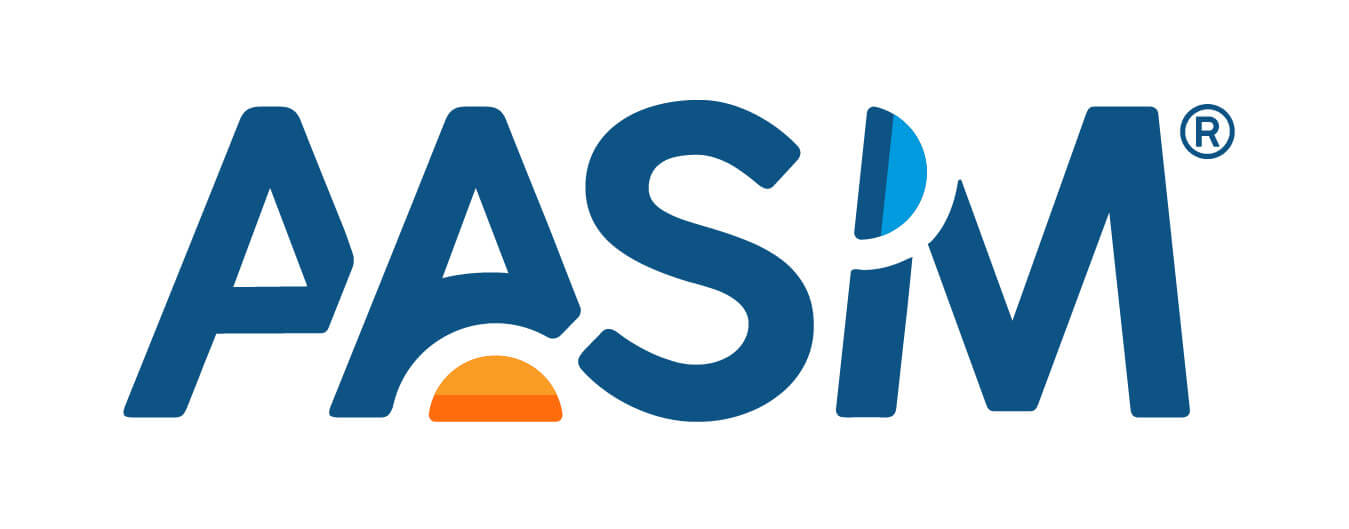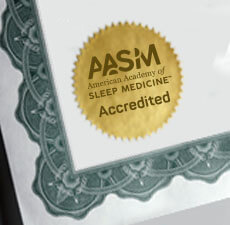DARIEN, IL – A new position statement from the American Academy of Sleep Medicine (AASM) asserts that the school day should begin at 8:30 a.m. or later for middle school and high school students.
Data show that later middle school and high school start times provide adolescents the opportunity to get sufficient sleep on school nights, which optimizes daytime alertness, reduces tardiness and improves school attendance. A later school start time supports peak academic performance, more opportunities for learning, better mental health, and enhanced driving safety.
“Early school start times make it difficult for adolescents to get sufficient sleep on school nights, and chronic sleep loss among teens is associated with a host of problems, including poor school performance, increased depressive symptoms, and motor vehicle accidents,” said lead author and AASM Past President Dr. Nathaniel Watson. “Starting school at 8:30 a.m. or later gives teens a better opportunity to get the sufficient sleep they need to learn and function at their highest level.”
The position statement is published in the April 15 issue of the Journal of Clinical Sleep Medicine.
The AASM recommends that teenagers 13 to 18 years of age should sleep 8 to 10 hours on a regular basis to promote optimal health. However, CDC data show that 68.4 percent of high school students report sleeping 7 hours or less on school nights. Early middle school and high school start times work contrary to adolescent circadian physiology and truncate students’ sleep opportunity, resulting in chronic sleep loss.
Studies show that short sleep in adolescents is associated with the following:
- Poor school performance
- Obesity
- Metabolic dysfunction and cardiovascular morbidity
- Increased depressive symptoms
- Suicidal ideation
- Risk-taking behaviors
- Athletic injuries
Insufficient sleep also is associated with an increased risk of motor vehicle accidents, which account for 35 percent of all deaths and 73 percent of deaths from unintentional injury in teenagers. Research suggests that crash rates decline by 16.5 percent following a school start time delay of 60 minutes.
Delaying middle school and high school start times is associated with a variety of benefits for teen students:
- Longer total sleep time
- Reduced daytime sleepiness
- Increased engagement in class activities
- Reduced first-hour tardiness and absences
- Reduced depressive symptoms and irritability
- Improved reaction time
The authors noted that while adequate sleep duration is vital, other sleep-related factors are involved in ensuring optimal student performance. Maintenance of good sleep quality, appropriate timing and regularity of sleep, and effective treatment of sleep disorders are essential. Teens also should avoid using sleep-disrupting electronic devices near bedtime or during the night.
The AASM encourages primary academic institutions, school boards, parents, and policy makers to raise public awareness to promote a national standard of middle school and high school start times of 8:30 a.m. or later. Starting school at 8:30 a.m. or later will help ensure that middle school and high school students begin the day awake, alert, and ready to learn.
To request a copy of the article, “Delaying Middle School and High School Start Times Promotes Student Health and Performance: An American Academy of Sleep Medicine Position Statement,” or to arrange an interview with the lead author or an AASM spokesperson, please contact the AASM at media@aasm.org.
About the American Academy of Sleep Medicine
Established in 1975, the American Academy of Sleep Medicine (AASM) improves sleep health and promotes high quality, patient-centered care through advocacy, education, strategic research, and practice standards. The AASM has a combined membership of 10,000 accredited member sleep centers and individual members, including physicians, scientists and other health care professionals. For more information about sleep and sleep disorders, including a directory of AASM-accredited member sleep centers, visit www.sleepeducation.org.








